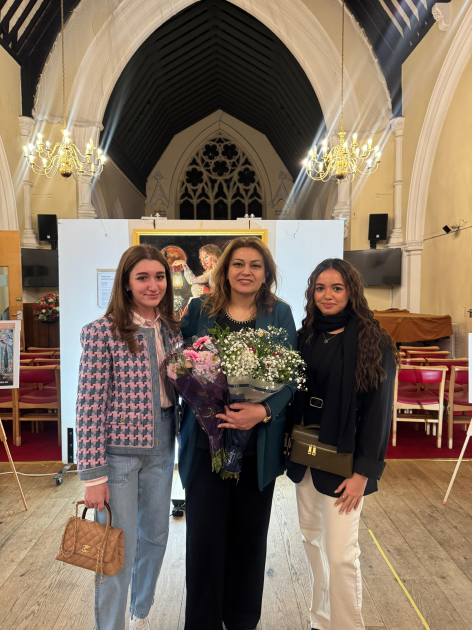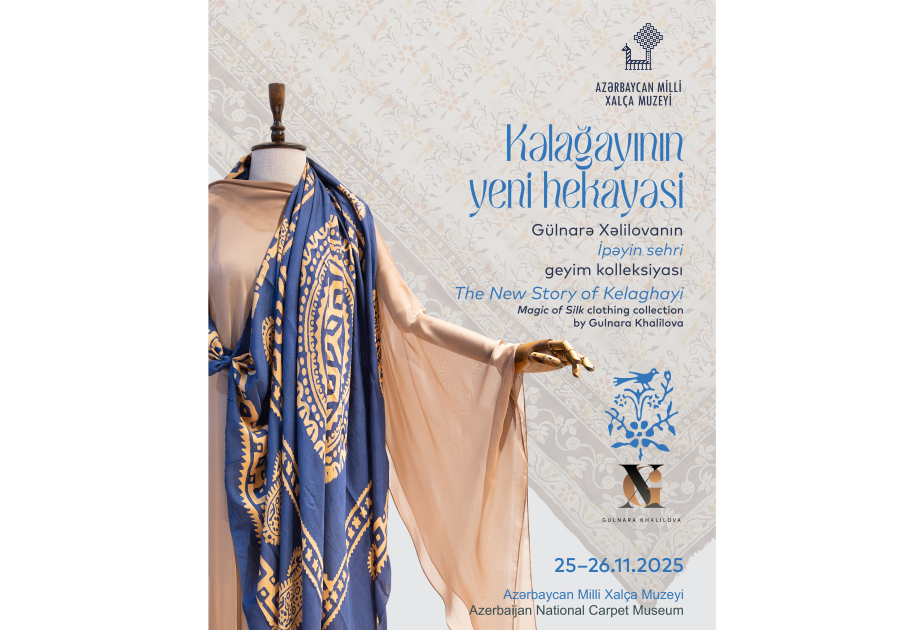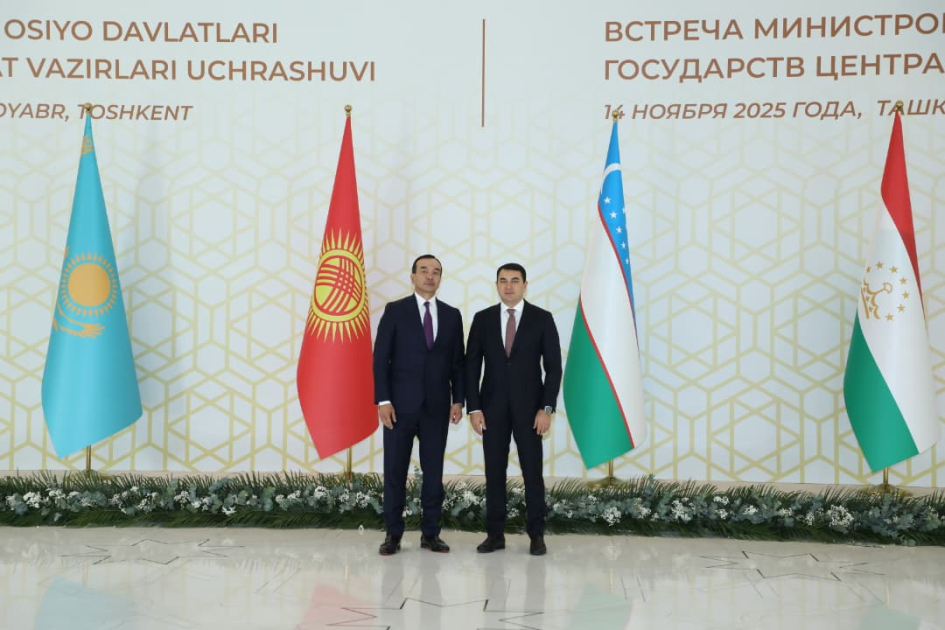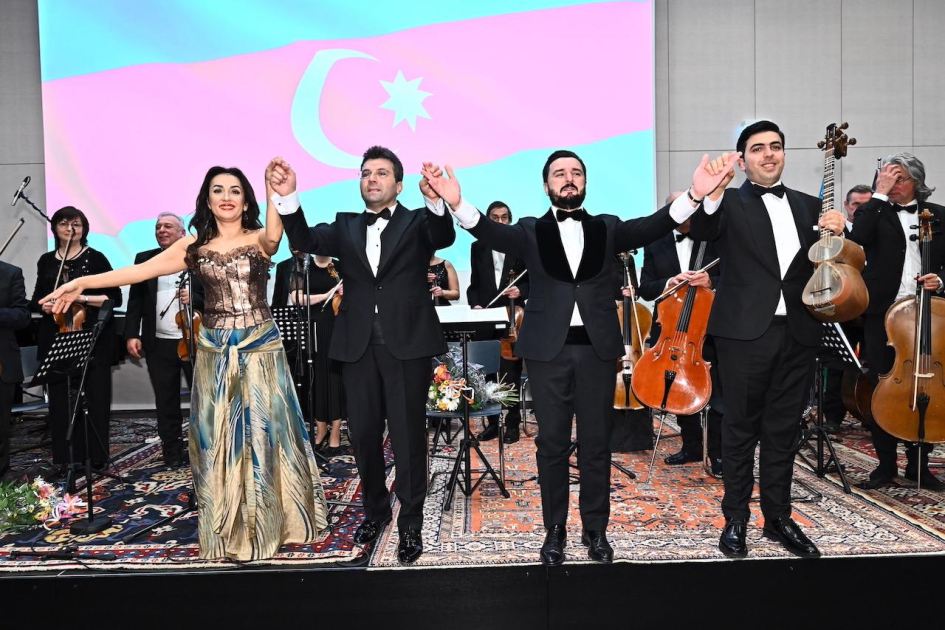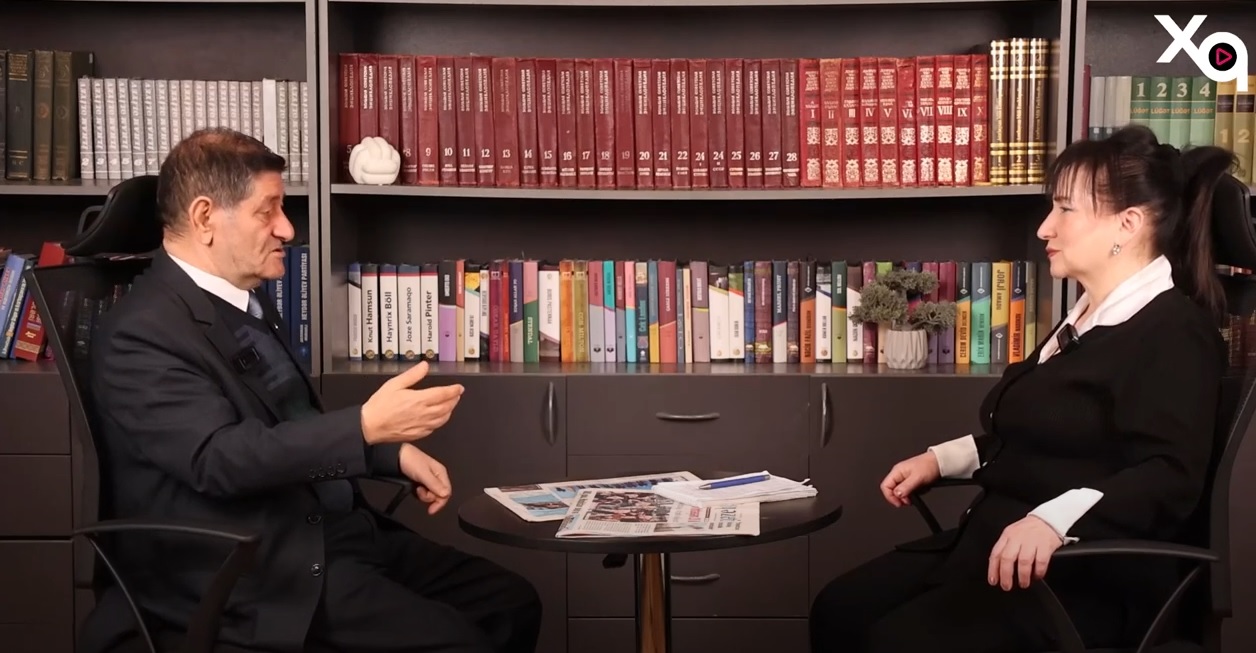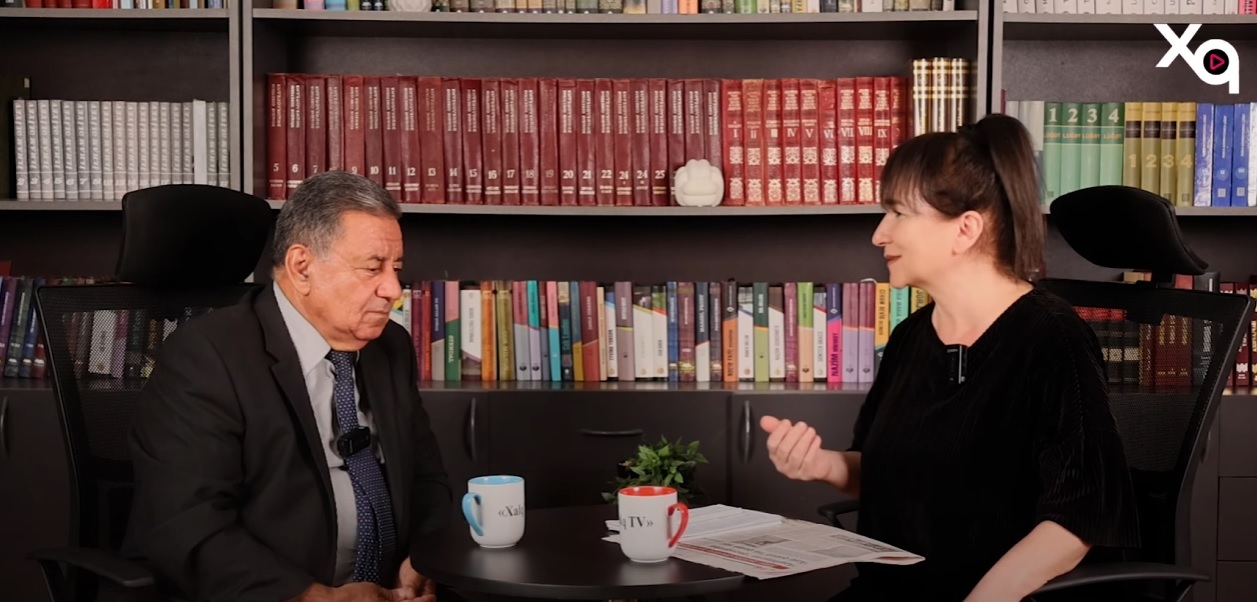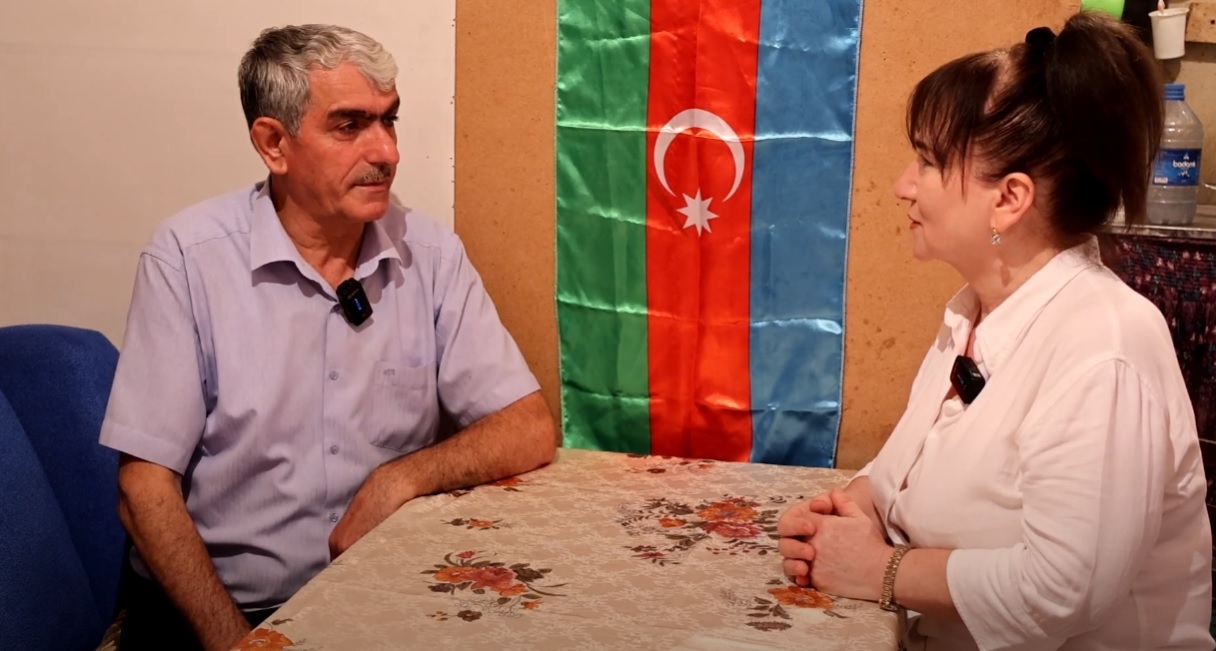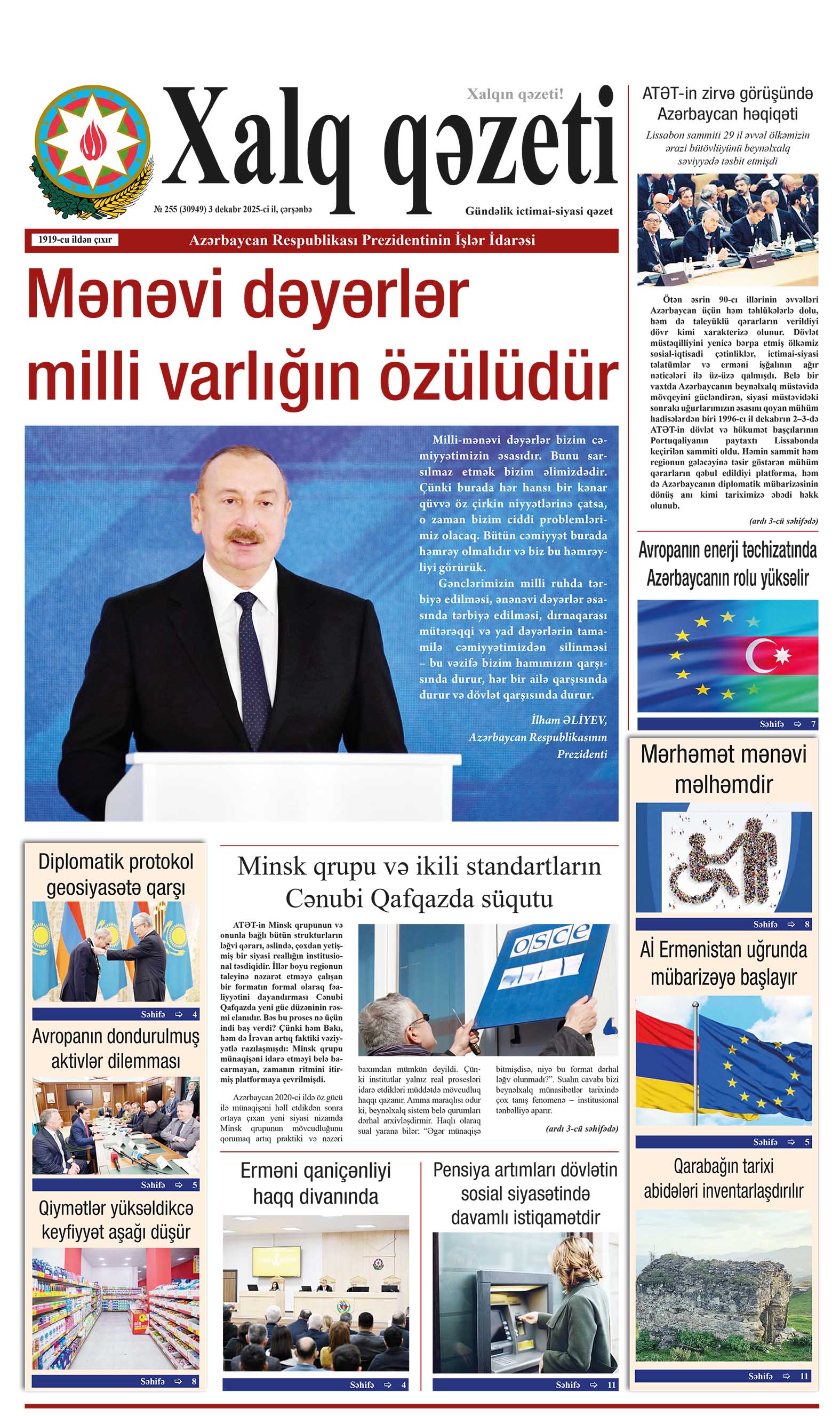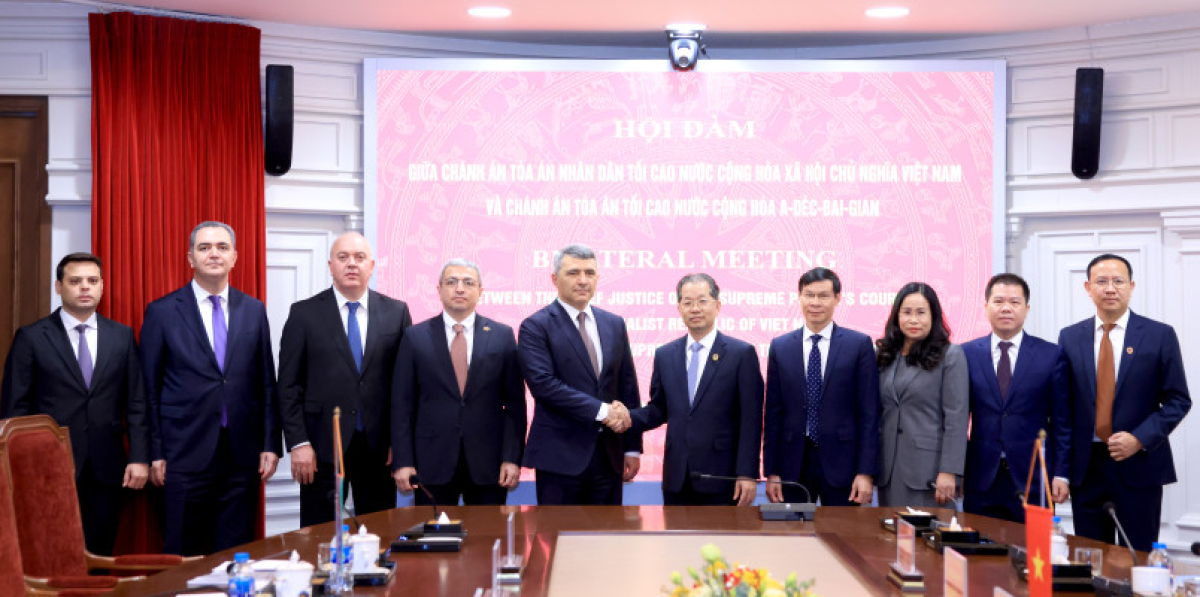One night, siblings Mateo and Maryam wake up in a magical dream world filled with stardust, whispering forests, and mysterious creatures. They must find the Golden Star to save the Realm of Dreams—before it’s too late.
No, this isn’t Disney or Pixar! This is the debut work of our fellow Azerbaijani Sabina Aghayeva, who has written a children’s book in Swedish titled Drömmarnas rike (“The Realm of Dreams”).
In an interview with AZERTAC correspondent, Sabina Aghayeva spoke about the inspiration behind her book and her journey from idea to publication.
– Ms. Sabina, congratulations on your debut! What inspired you to write this book?
– To be honest, I had never seriously considered writing a book. As a mother of two, I often buy books for my children and love reading with them. But in Sweden, I find it difficult to select suitable literature – some books feel cold, others feature dull or even frightening illustrations. Sometimes the stories contain messages I don’t like. In today’s difficult world, children need real fairy tales – with bright, colorful illustrations and magical stories about fairies and wonder.
My husband and I often made up bedtime stories for our daughter, and I found great joy in doing that. So many characters would come to life in my head that I started thinking: what if this could turn into a real children’s book?
When I shared the idea with my husband, he said, “Why not? Write it, publish it – let the kids read it. Even if it doesn’t sell, it will be a wonderful family memory.” I loved that thought.
I never sat down at the computer thinking, “Now I’ll write a book.” I simply jotted down scenes that came to mind on my phone so I wouldn’t forget them. Eventually, I started typing them up, connecting them, editing, rearranging episodes and characters. It became a true passion.
Once the text had enough structure, I shared it with a colleague, then a neighbor, then a friend. The more positive feedback I received, the more my enthusiasm grew. In the end, I had a complete manuscript, with my own children—Mateo and Maryam—as the main characters.
– The book features truly magical illustrations by Büsra Sahin Aksu. How did this collaboration begin?
– I’m not particularly fond of the typical style of Swedish children’s books, so I began looking for illustrators in Azerbaijan and Turkey. I reached out through friends, relatives, and also via Instagram. Unfortunately, I couldn’t find the right person in Azerbaijan, but in Turkey, I discovered several talented children’s illustrators. I communicated with each one, reviewed their portfolios, and eventually chose Ms. Büsra. Her drawings felt the warmest and most alive to me, and she herself came across as a sincere and kind person. We began working together, step by step, and eventually achieved a result we were both proud of. It was the first book project for both of us, which perhaps made it easier to connect – especially since our children are the same age.
– How difficult was it to publish a book in Sweden, especially as a first-time author?
– The most enjoyable parts for me were writing the text and working on the illustrations. But everything that came afterward became a real headache.
In Sweden, there are three main ways to publish a book. The first is the traditional route, as the Swedes call it. You send your manuscript to a publisher and wait up to six months for a reply. If accepted, the publisher handles everything: design, printing, marketing, etc. But the author receives only 10–15 percent of the profit. It's especially hard for new authors to break through – especially those writing children’s books.
The second method is hybrid publishing. In this case, costs are shared between the author and publisher. The publisher still handles the process, but the author has less control. Most of the profit usually goes to the publisher.
The third method is self-publishing. Here, all the costs and organizational tasks fall on the author, but so does the entire profit. Authors can also purchase individual services from companies offering editing, design, printing, and so on. I chose this third path and bought a service package from Vulkan Media, which is affiliated with Lava Publishing. The package included design, printing, and storage services – after printing, the books were stored at their warehouse, and staff would pack and ship them to readers as orders came in. I personally covered all the expenses, including the illustrator’s fee.
The main downside of this method is that all advertising and promotion fall solely on the author. No publisher means no PR support. You have to do everything yourself.
Also, bureaucracy in Sweden is quite intense – everything takes a long time. It took four and a half months from my first contact with the company to receiving the finished books. I had to personally intervene in the design process and make corrections where I wasn’t happy. There were also pauses due to holidays, illnesses, and staff vacations.
– Can readers expect more books from you in the future?
– Despite the long and exhausting process, I learned a lot from this experience. I do believe there will be more – if time and finances allow.


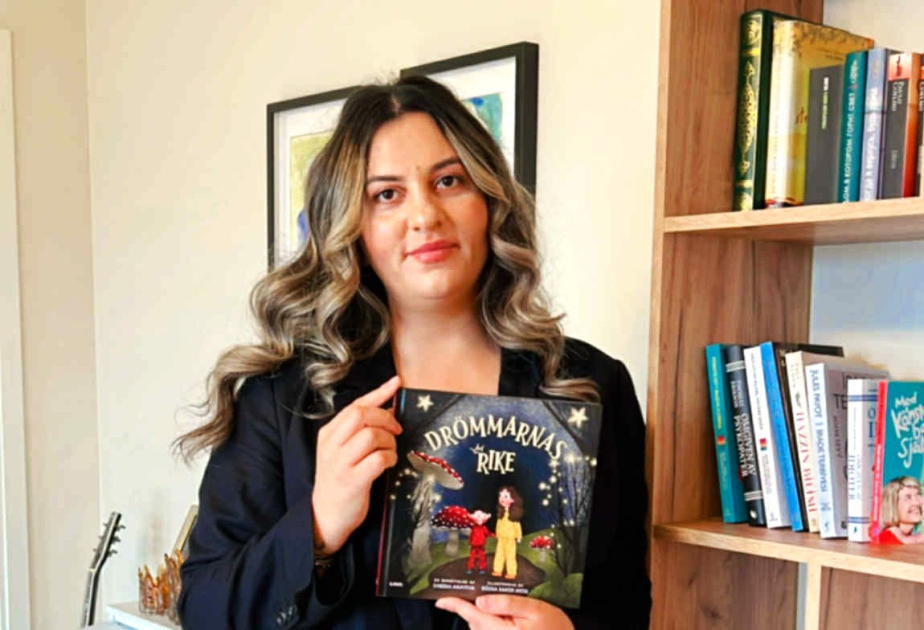
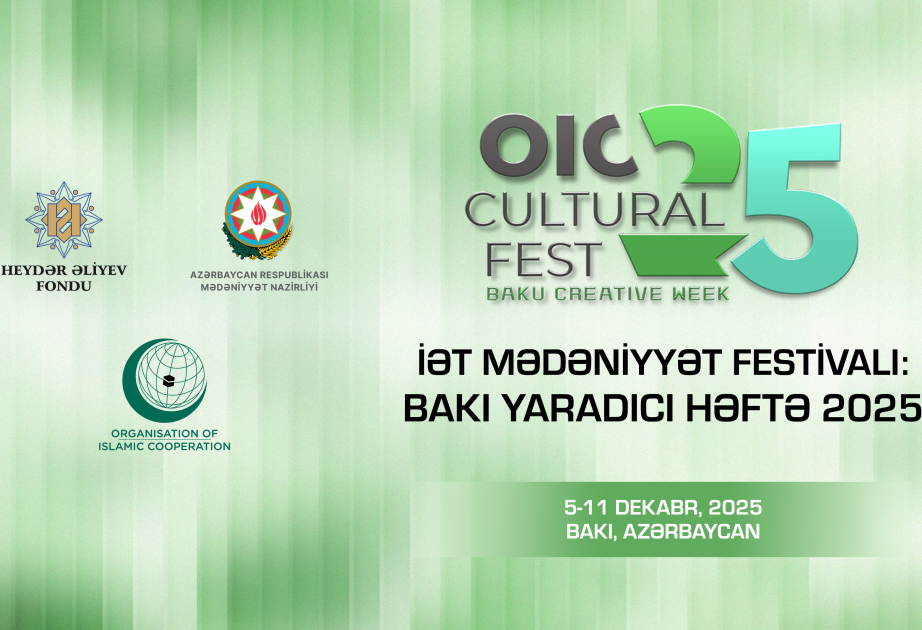
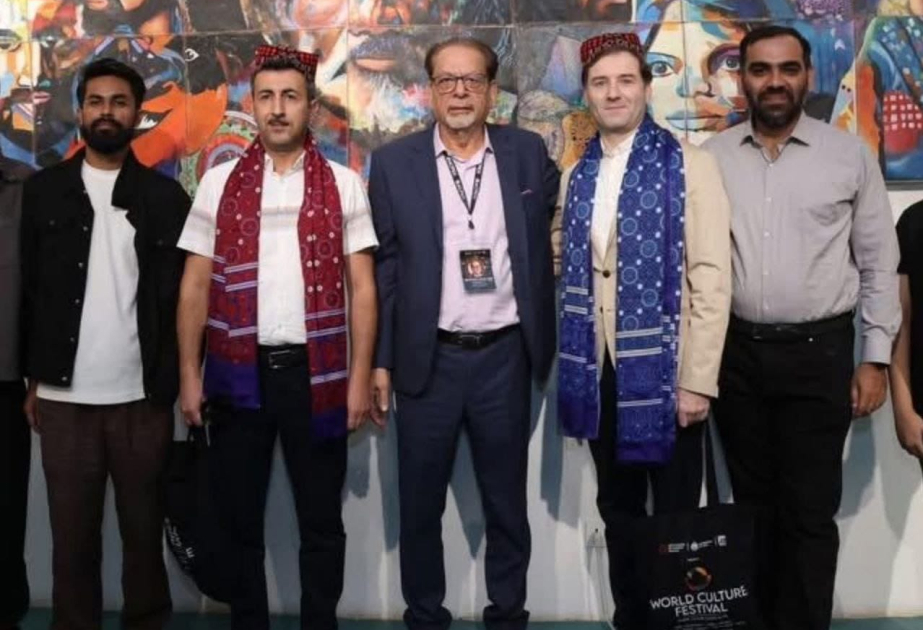
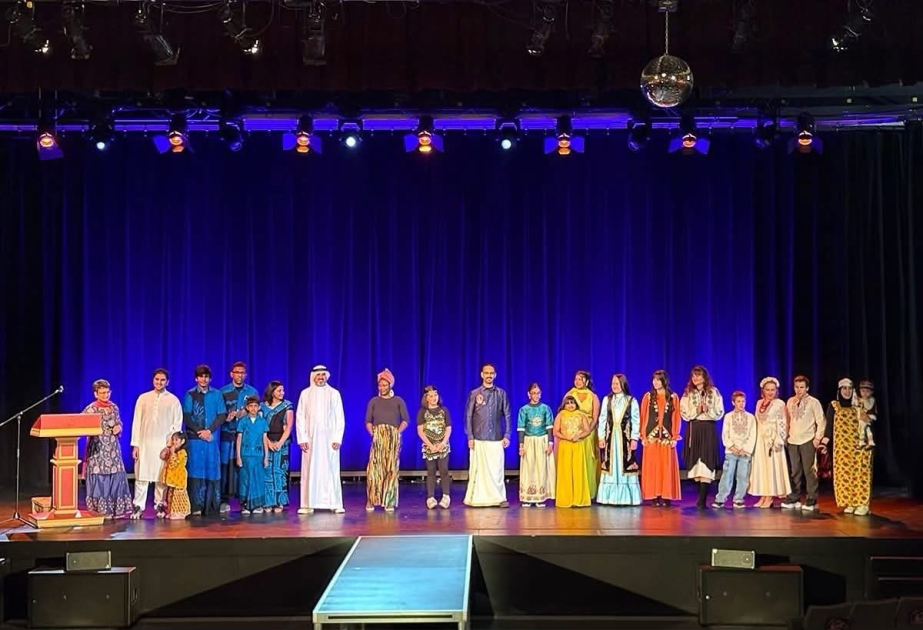
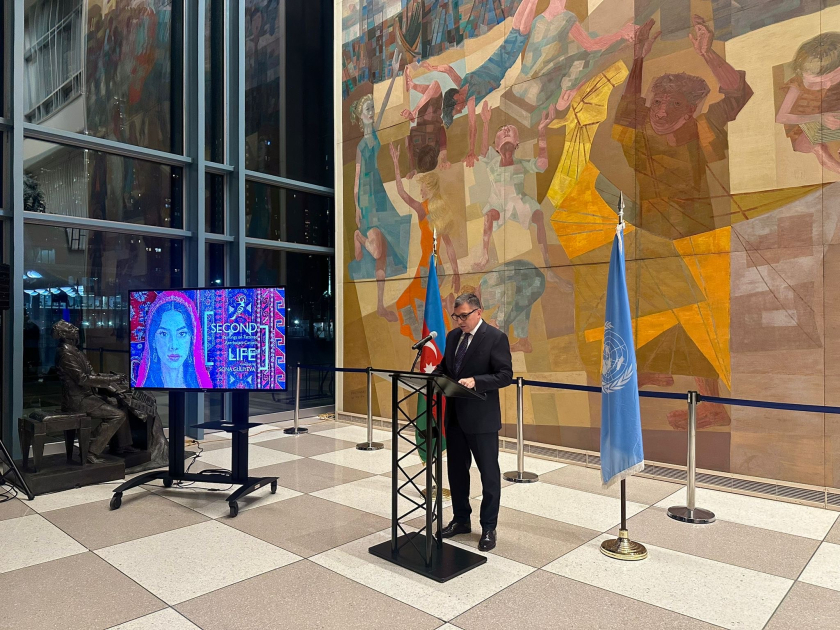
.jpeg)
